
Natural History Museum of Aix
The Museum of Aix was created in 1838, with the purchase of a bird collection and the donation of the geology collection of Henri Coquand, its first curator. Since 1994, the Museum has been conducting paleontological research on the dinosaurs of Provence.
Nowadays, the Museum has important collections in all fields related to natural science, encompassing more than 500,000 samples.
The Aix Museum conducts research activities in two areas in particular: palaeontology and botany.
Since 1994, the Museum organises palaeontological excavations of dinosaurs in the Aix region and has gradually acquired expertise in this field. This led to many first-rate discoveries: the two most complete Rhabdodon found in Europe; Arcovenator escotae, a new carnivorous dinosaur unknown until now in Europe; and Mistralestes arcensis, a new species of mammal contemporary to dinosaurs. These discoveries have been the subject of scientific publications, popular articles and books, TV coverage, exhibitions, and conferences.
The Museum is best known for its collection of dinosaur eggs. Indeed, during excavations carried out in the city center, over 1,000 eggs were unearthed, confirming the nickname "Eggs-en-Provence" given to the city by Anglo-Saxon paleontologists. Since 2015, the Museum has been conducting annual paleontological excavations on the egg deposits in the Réserve Naturelle Nationale de Sainte Victoire in partnership with the Bouches-du-Rhône Departmental Council.
Among the older collections, there is the valuable paleobotanical collection of the Marquis Gaston de Saporta, one of the founders of paleobotany.
There is also an important collection of fossil fish from the Oligocene, and an osteological collection of Mediterranean marine mammals.
Since April 2014, the Saint Mitre park has housed the Museum's administrative and educational services, but in the absence of exhibition rooms, the collections are no longer visible. They are being studied and preserved in another location until they can be displayed for the public again. While waiting for a new location, the Museum's activities remain important: exhibitions outside the Museum, national events, conferences, educational workshops and naturalist inventories.
Contact
Yves Dutour : dutoury@mairie-aixenprovence.fr
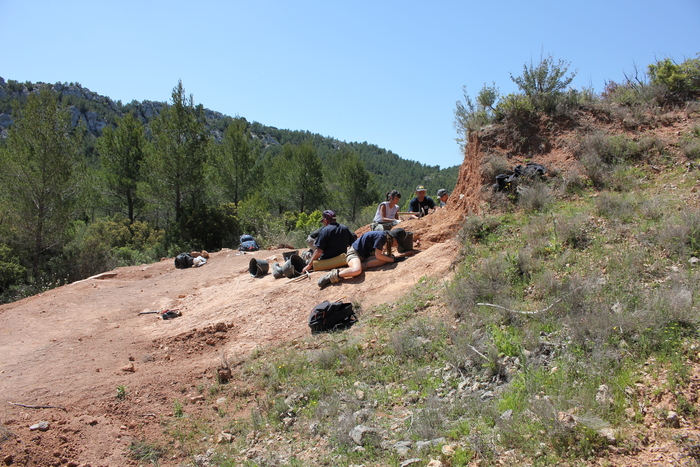
palaeontological excavations at the Sainte Victoire natural reserve ©Muséum d’histoire naturelle d’Aix-En-Provence
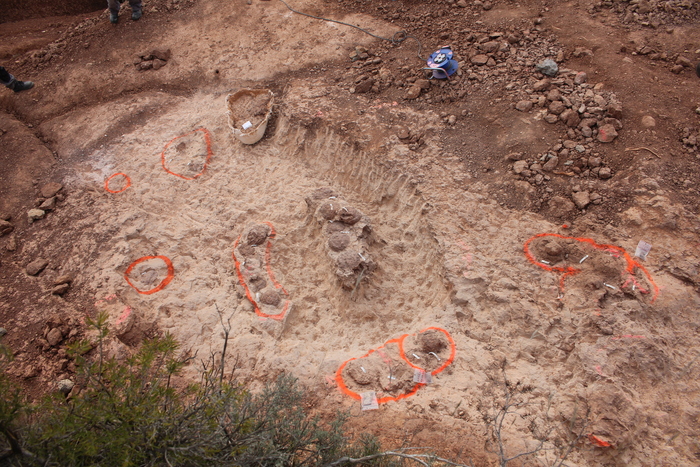
dinosaur egg-laying at the Sainte Victoire natural reserve ©Muséum d’histoire naturelle d’Aix-En-Provence
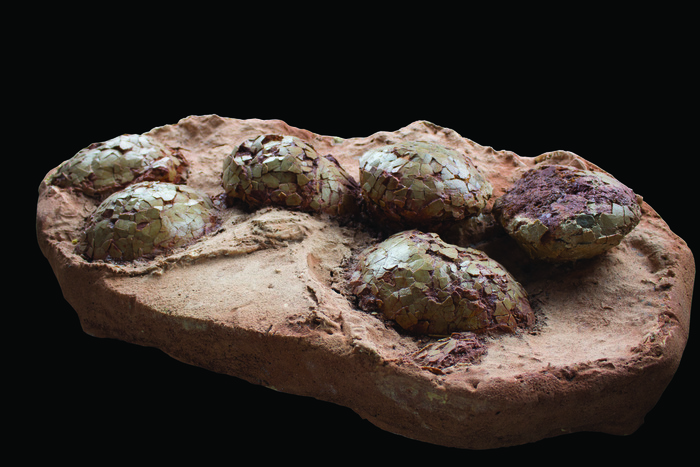
Dinosaur eggs found in the city center of Aix-en-Provence ©Muséum d’histoire naturelle d’Aix-En-Provence
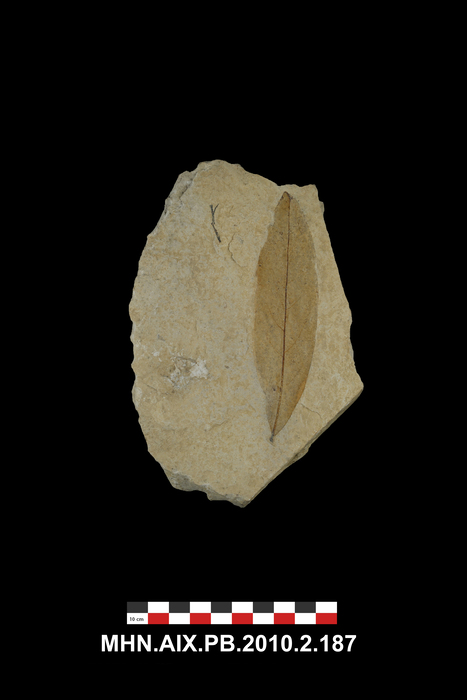
Collection de Saporta Laurus praecellens ©Muséum d’histoire naturelle d’Aix-En-Provence
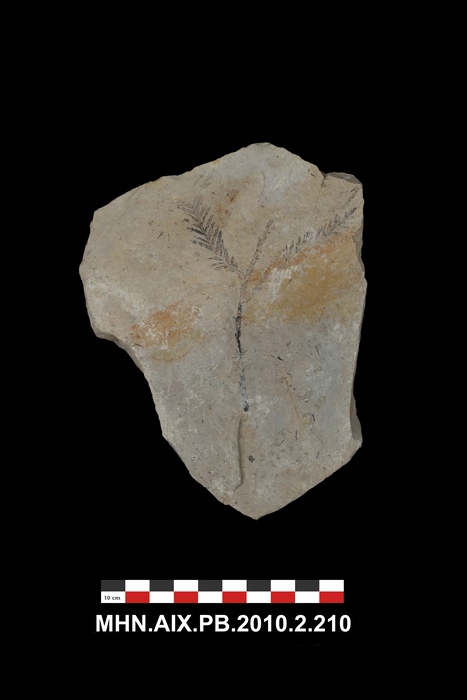
Collection de Saporta Sequoia tournali ©Muséum d’histoire naturelle d’Aix-En-Provence
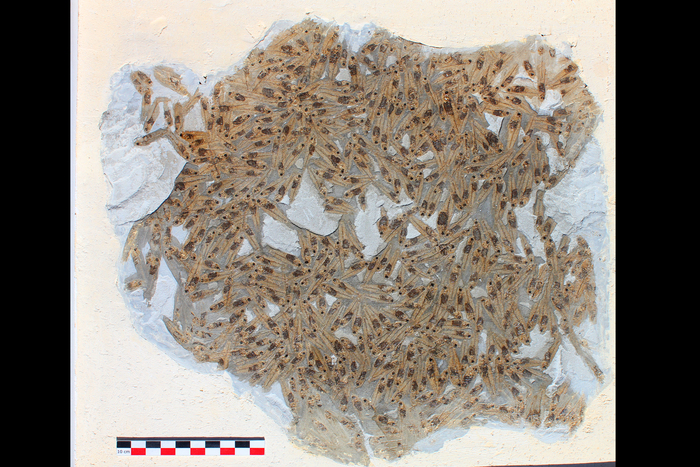
Fossil fish from Oligocene ©Muséum d’histoire naturelle d’Aix-En-Provence